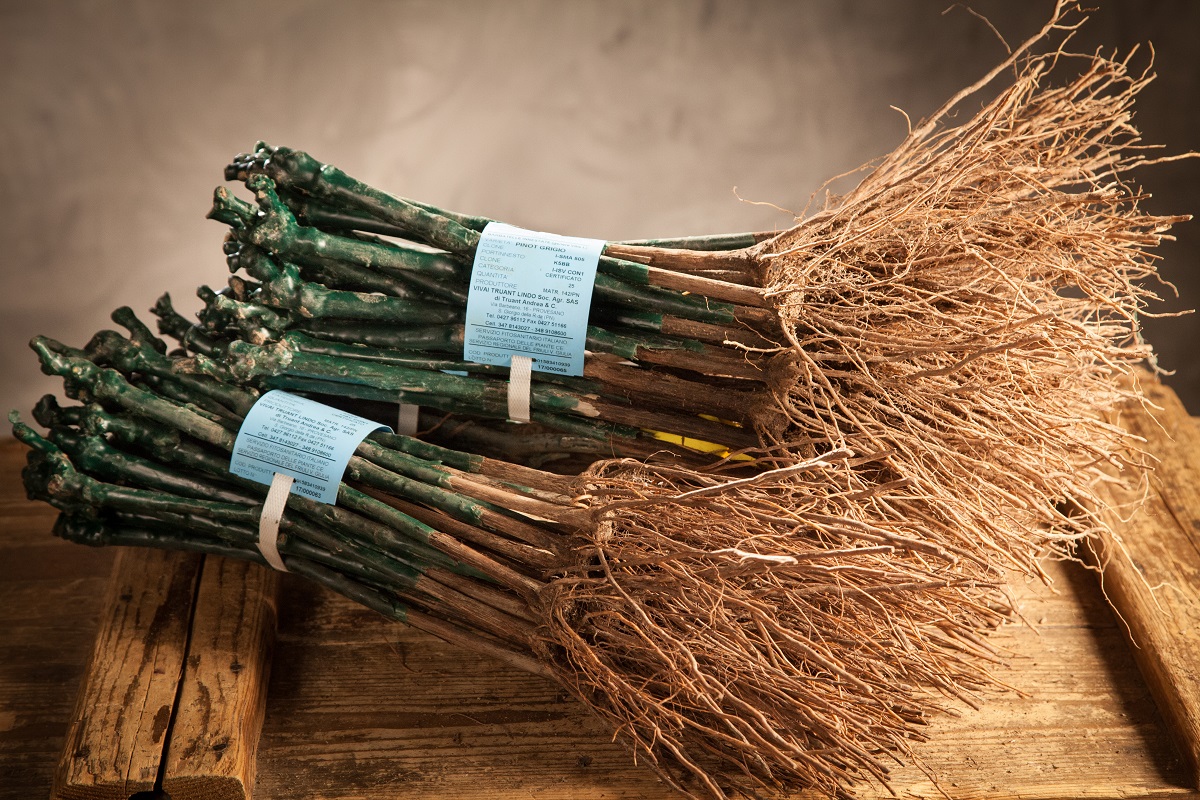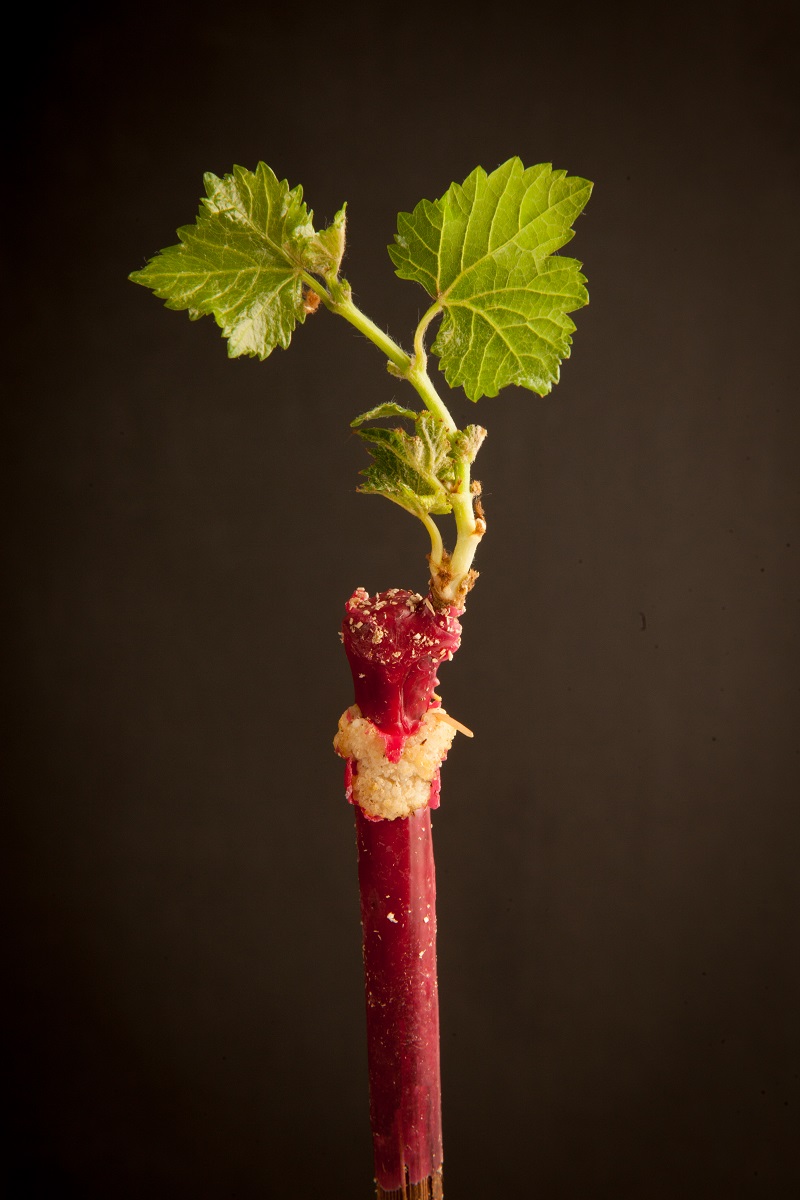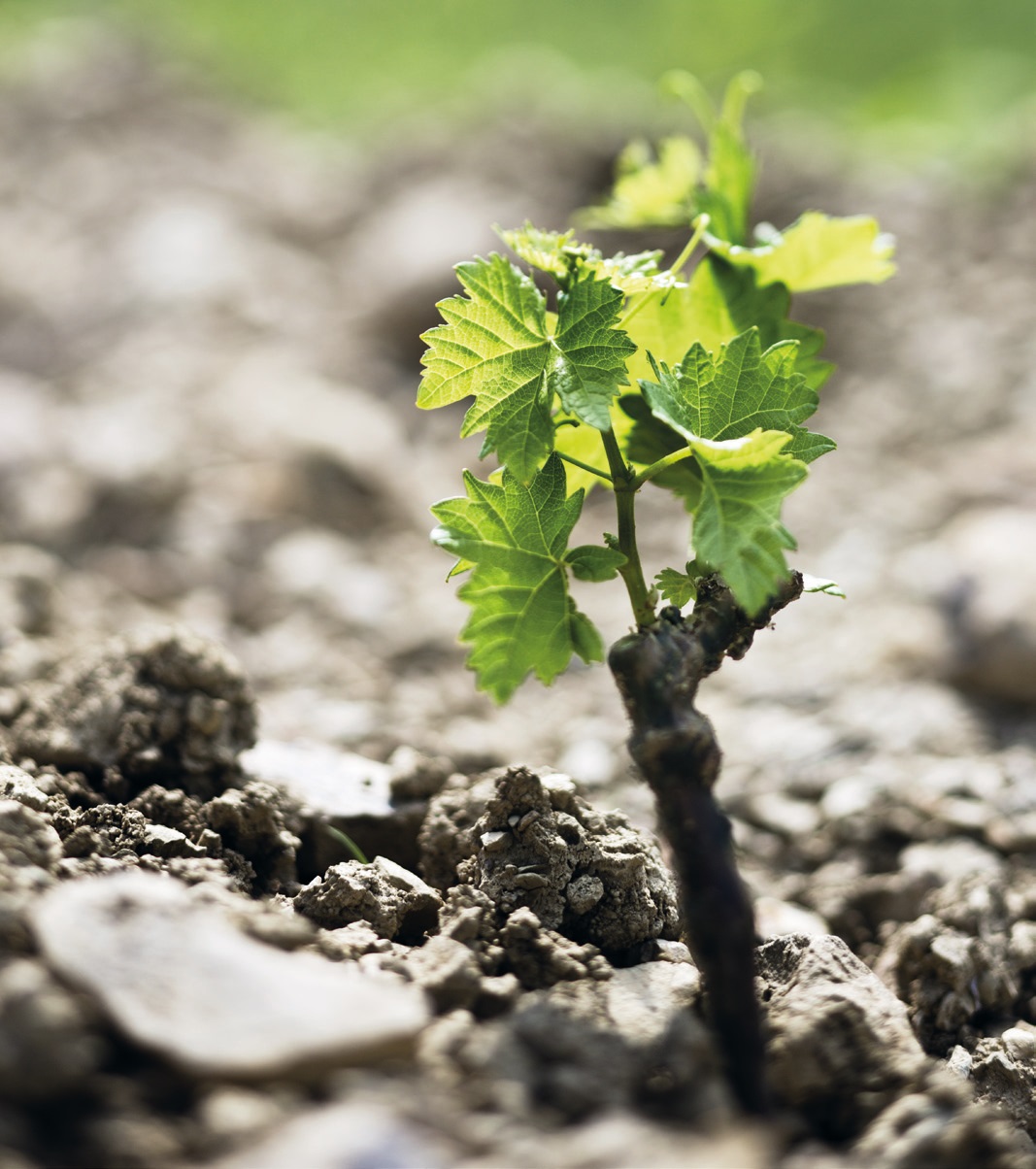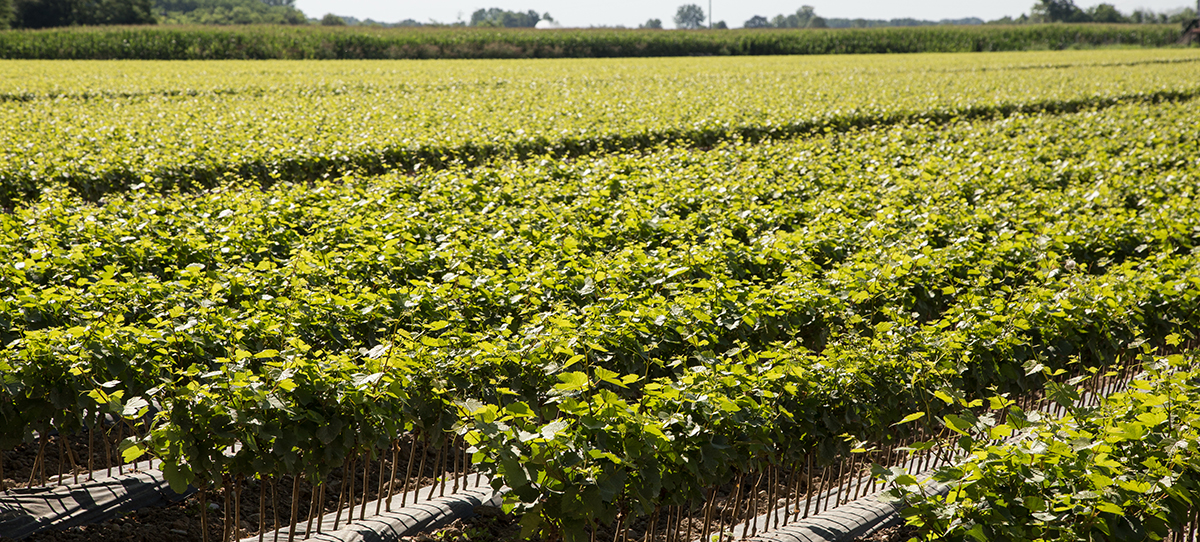LA RIBOLLA GIALLA – The cuttings and the Viticulture Nursery
The cuttings.
If Italy is a world leader, and Friuli Venezia Giulia is a leader in Italy, the obvious consequence is that our region is a world leader. And, still wanting to do a “zoom”: if the primacy of Friuli is more than 90% due to Rauscedo, one can well say that Rauscedo is the capital.
A first definition
Yeah, but what? Insiders, and probably even those who love wine not only as a drink, but as culture, history, economy and information, will have already understood this. For all the others, let’s say it right away: we are talking about the production of rooted cuttings. And not to continue with the riddles, we explain (with the support of the Treccani dictionary) what is the root: “cutting, layering or offshoot of the vine that has released the beard, or roots” and is therefore ready to be transplanted. In reality, more than “cutting, layering or spreading” (all ways of multiplying plants), the cuttings are very young grapevines, already grafted and ready to be planted.
History
The history of the production of cuttings in Friuli Venezia Giulia begins at the turn of the last decades of the nineteenth century and the beginning of the twentieth century. These are the years in which viticulture throughout Europe is struck by phylloxera.
The first reports of the appearance of that terrible scourge (the scourge term is the most recurrent in the chronicles of the time) in some vineyards of southern France date back to 1863; only three years later the terrible insect is identified, which is baptized “Philloxera vastatrix”, devastating. Within 20-30 years, phylloxera spreads throughout Europe. Without minding obviously the borders, like the one that at the time divided Friuli between the Kingdom of Italy and the Austro-Hungarian empire.
It soon became apparent – in France, as in Austria and in Italy – that all remedies to preserve or cure the vine from phylloxera were poorly effective. The only solution to solve the root problem (let the joke be granted, as the phylloxera destroys the root system of the European vine) was to graft the European varieties on American vines, whose roots are not attacked by the insect ( and it is to be underlined how from America the scourge – phylloxera – and also the remedy arrived in Europe.
The Empire
The request of the Goriziana Agricultural Society to the Austrian Government dates back to 1881, with the allocation of 2000 florins for the establishment of a nursery of phylloxera-resistant American vines.
At Gorizia, in Monfalcone, in Aquileia, in Campolongo al Torre (all places belonging to Austria at the time) the first nurseries were born at the turn of the century, producing in a few years millions of plants, intended for replanting the local vineyards but also all export to Austria and Germany.
But the most important nursery “pole” of Friuli Venezia Giulia, that of Rauscedo (fraction of the municipality of San Giorgio della Richinvelda, province of Pordenone), was born around 1920, in the years following the First World War.
According to what is said, between history and legend, the Great War would have played a role in the launch of what would become, in a few decades, a planetary business. He would have been an officer of the Italian army (in one version, according to others, an Austrian soldier or a Piedmontese or Veronese or Paduan caporalmaggiore) to teach some farmers of the country the technique of grafting to the table, the one still used today.
Rauscedo
Of course, historically documented, is that the Section of the Pedestrian Department of Agriculture in Pordenone in 1920 promoted the establishment of the Cooperative Nursery of Ronche di Fontanafredda, to prepare those vines that were to serve the cultural renaissance of Friuli after the damage suffered due to of the phylloxera infestation.
In 1933, ninety members gave life to the Vivai Cooperativi Rauscedo. It is the start of an activity that grows without stopping until the outbreak of the Second World War. The war events slow (and almost cease) the activity of the Cooperative, which however resumes with new energy in the post-war period: in 1948 the 3 million grafts-cuttings were exceeded.
The record
And we come to the present day. In the world, 500 million vines are produced each year, of which 360 (72%) in Europe, 140 million in the rest of the world. Italy, as we said, is in first place, with a total – in the 2011/2012 campaign – of 100 million. Friuli Venezia Giulia contributes to this record for over 65%, with 65 million rooted cuttings; the production is exported for over 40%. An important result, which has been achieved thanks to the commitment of our Nurseries (and those of Rauscedo in particular) in research, innovation and experimentation.
An example for everyone. An effort that will serve to better face the difficult market of the years to come, for which the forecasts speak of a constant reduction in demand.





